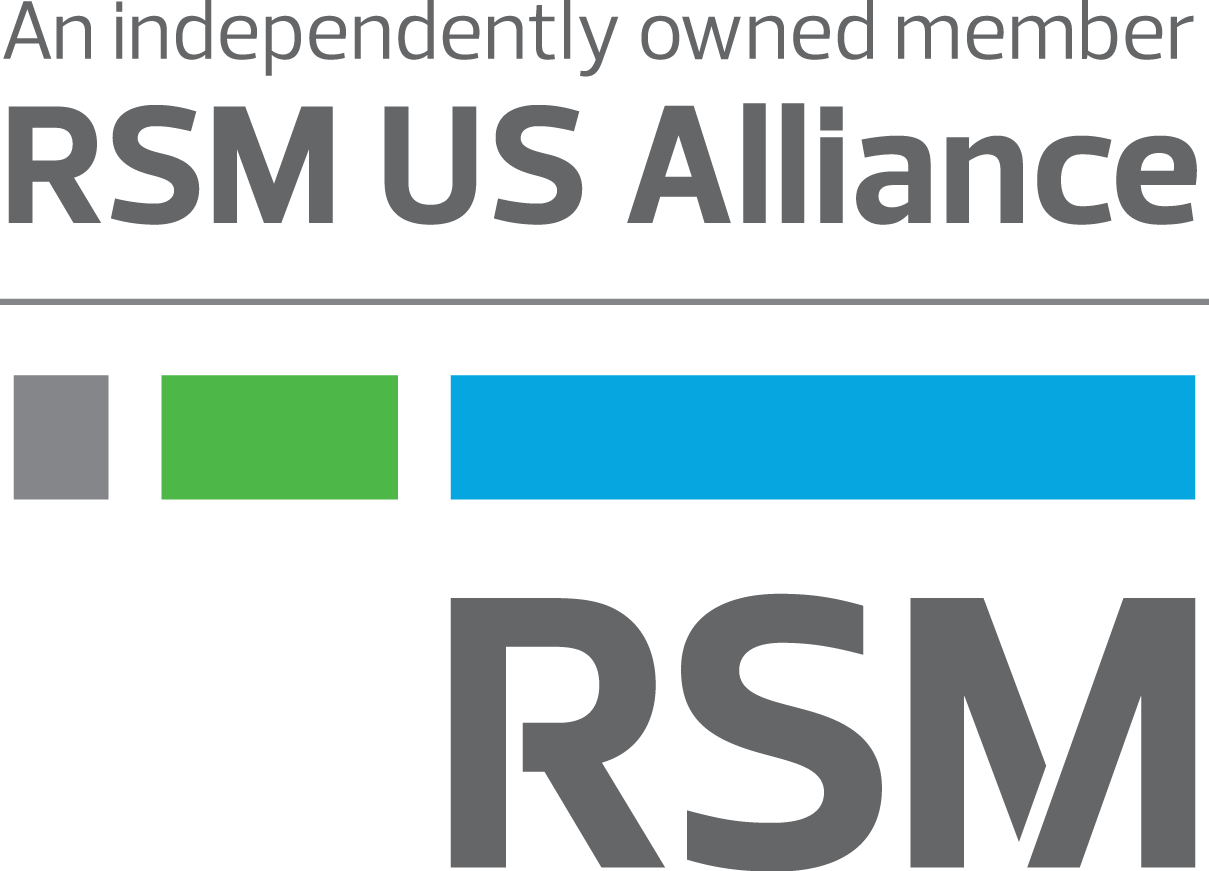
IRS provides guidance for required minimum distributions for SECURE 2.0 Act
ARTICLE | July 25, 2023
Authored by RSM US LLP
Executive summary: Notice 2023-54
On July 14, 2023, the IRS issued Notice 2023-54. The notice announced that the Department of the Treasury and the IRS intend to issue final regulations related to RMDs under section 401(a)(9) which will apply no earlier than the 2024 distribution calendar year. The notice also provides guidance related to certain provisions of 401(a)(9) that apply for 2021, 2022 and 2023 as well as rollover relief for plan and IRA distributions made in the first half of 2023, that would have been RMDs, if not for changes made in SECURE 2.0.
IRS provides guidance for required minimum distributions for SECURE 2.0 Act
Guidance for specified RMDs
The section 401(a)(9) proposed regulations were released on Feb. 24, 2022 and provided the IRS’ interpretation of the 10-year rule in section 401(a)(9)(H), specifically that a beneficiary, other than an eligible designated beneficiary (EDB), of an account holder (i.e., retirement plan participant or IRA owner) who died after the account holder’s required beginning date (RBD) must take annual required minimum distributions (RMDs) beginning in the first calendar year after the calendar year of death, with the remaining amount being distributed by the end of the 10th calendar year after the year of death.
During the 90-day comment period for the proposed regulations, some owners of inherited IRAs and beneficiaries under defined contribution plans, indicated that they thought the new 10-year rule would operate similarly to the previous five-year rule where no RMD would be due for a calendar year until the last year of the five or 10-year period following the death of the account holder or EDB. Commenters requested transition relief for failure to take RMDs for 2021 and 2022 due to the difference in interpretation. In response to these comments, Notice 2022-53 was released and provided relief with regards to a “specified RMD”. Notice 2023-54 expanded the definition of a “specified RMD” and the relief available. Generally, a “specified RMD” is an RMD that would be required for 2021, 2022 or 2023 under the proposed regulations’ interpretation of Section 401(a)(9)(H) for an account holder (who died after their RBD) or the beneficiary of an EDB who died in 2020, 2021 or 2022. Under the relief provided in both notices:
- The IRS will not assess an excise tax for failures to take “specified RMDs” or for failures to take “specified RMDs” in the correct amount for 2021, 2022 and 2023.
- Taxpayers who paid an excise tax for a missed “specified RMD” in 2021 can request a refund of the excise tax.
- A defined contribution plan will not be deemed to have incurred a failure due to not issuing a “specified RMD”.
Relief due to the RBD change under SECURE 2.0
Section 107 of SECURE 2.0 amended section 401(a)(9) to change the RBD applicable to 401(a) plans and other eligible retirement plans, including IRAs. The new RBD for an account holder is defined as April 1 of the calendar year after the calendar year in which the account holder attains the applicable age (either 73 or 75 depending on the account holder’s date of birth). Before the change under SECURE 2.0, an account holder who turned age 72 (born in 1951) in 2023 would have a RBD of April 1, 2024. The increase in the applicable age to 73 means the account holder born in 1951 does not have a minimum distribution requirement for 2023, rather the RBD is April 1, 2025 for the 2024 RMD.
SECURE 2.0 was enacted at the very end of 2022 and spurred comments from plan administrators and other payors with regards to automated payment systems not being able to be updated before some RMDs were issued for 2023. The concern was that account holders would receive a distribution that is mischaracterized as a RMD and treated as ineligible for rollover.
Notice 2023-54 provides that a payor or plan administrator is not considered to have failed to treat certain distributions as eligible rollover distributions if a distribution issued between Jan. 1, 2023, and July 31, 2023, would have been an RMD, but for the change under section 107 in SECURE 2.0.
The Treasury Department and IRS are extending the 60-day rollover period for any distribution mischaracterized as an RMD and issued between Jan. 1, 2023, and July 31, 2023. A taxpayer has until Sept. 30, 2023, to roll over any mischaracterized part of the distribution received. Rolling over the portion of a mischaracterized distribution from an IRA can be done even if another IRA distribution had been rolled over in the last twelve months. However, it precludes the IRA owner (or surviving spouse) from rolling over a distribution in the next 12 months (direct trustee-to-trustee transfers can still be made).
This article was written by Christy Fillingame, Scott Filmore, Chloe Webb and originally appeared on 2023-07-25.
2022 RSM US LLP. All rights reserved.
https://rsmus.com/insights/tax-alerts/2023/irs-provides-guidance-required-minimum-distributions-secure-2-Act.html
The information contained herein is general in nature and based on authorities that are subject to change. RSM US LLP guarantees neither the accuracy nor completeness of any information and is not responsible for any errors or omissions, or for results obtained by others as a result of reliance upon such information. RSM US LLP assumes no obligation to inform the reader of any changes in tax laws or other factors that could affect information contained herein. This publication does not, and is not intended to, provide legal, tax or accounting advice, and readers should consult their tax advisors concerning the application of tax laws to their particular situations. This analysis is not tax advice and is not intended or written to be used, and cannot be used, for purposes of avoiding tax penalties that may be imposed on any taxpayer.
RSM US Alliance provides its members with access to resources of RSM US LLP. RSM US Alliance member firms are separate and independent businesses and legal entities that are responsible for their own acts and omissions, and each are separate and independent from RSM US LLP. RSM US LLP is the U.S. member firm of RSM International, a global network of independent audit, tax, and consulting firms. Members of RSM US Alliance have access to RSM International resources through RSM US LLP but are not member firms of RSM International. Visit rsmus.com/aboutus for more information regarding RSM US LLP and RSM International. The RSM(tm) brandmark is used under license by RSM US LLP. RSM US Alliance products and services are proprietary to RSM US LLP.

VPTAX is a proud member of RSM US Alliance, a premier affiliation of independent accounting and consulting firms in the United States. RSM US Alliance provides our firm with access to resources of RSM US LLP, the leading provider of audit, tax and consulting services focused on the middle market. RSM US LLP is a licensed CPA firm and the U.S. member of RSM International, a global network of independent audit, tax and consulting firms with more than 43,000 people in over 120 countries.
Our membership in RSM US Alliance has elevated our capabilities in the marketplace, helping to differentiate our firm from the competition while allowing us to maintain our independence and entrepreneurial culture. We have access to a valuable peer network of like-sized firms as well as a broad range of tools, expertise, and technical resources.
For more information on how the VPTAX can assist you, please call us at (408) 278-8370.